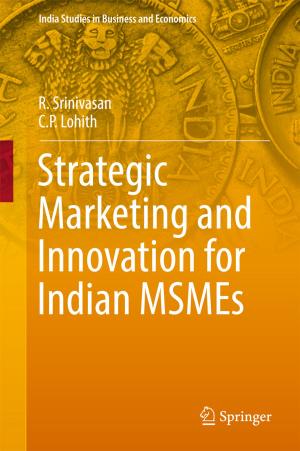Designing Cooler Cities
Energy, Cooling and Urban Form: The Asian Perspective
Business & Finance, Economics, Sustainable Development, Nonfiction, Social & Cultural Studies, Social Science, Sociology, Urban| Author: | ISBN: | 9789811066382 | |
| Publisher: | Springer Singapore | Publication: | November 27, 2017 |
| Imprint: | Palgrave Macmillan | Language: | English |
| Author: | |
| ISBN: | 9789811066382 |
| Publisher: | Springer Singapore |
| Publication: | November 27, 2017 |
| Imprint: | Palgrave Macmillan |
| Language: | English |
This edited book surveys the major sustainability challenges facing Asian cities, in particular those related to urban energy and city cooling. The book discusses the key concepts and issues involved, addressing the three levels of micro (individual buildings), meso (neighbourhoods/districts) and macro (whole or large parts of cities). It illustrates different paradigms of urban development and explores how to create cooler cities by applying integrated sustainable design and planning on all three levels, bridging the gap between specialist approaches by highlighting both built projects, processes, and research. It also raises questions about prevalent paradigms of urban development as well as topics relating to urban district cooling solutions, sustainable construction materials, and processes towards effective delivery of sustainable cities. Providing cutting edge insights into hot climate cities in Asia, this text is also pertinent for the study of cities in other world regions, notably in developing countries, and of broad relevance to sustainable urban planning in all contexts.
This edited book surveys the major sustainability challenges facing Asian cities, in particular those related to urban energy and city cooling. The book discusses the key concepts and issues involved, addressing the three levels of micro (individual buildings), meso (neighbourhoods/districts) and macro (whole or large parts of cities). It illustrates different paradigms of urban development and explores how to create cooler cities by applying integrated sustainable design and planning on all three levels, bridging the gap between specialist approaches by highlighting both built projects, processes, and research. It also raises questions about prevalent paradigms of urban development as well as topics relating to urban district cooling solutions, sustainable construction materials, and processes towards effective delivery of sustainable cities. Providing cutting edge insights into hot climate cities in Asia, this text is also pertinent for the study of cities in other world regions, notably in developing countries, and of broad relevance to sustainable urban planning in all contexts.















